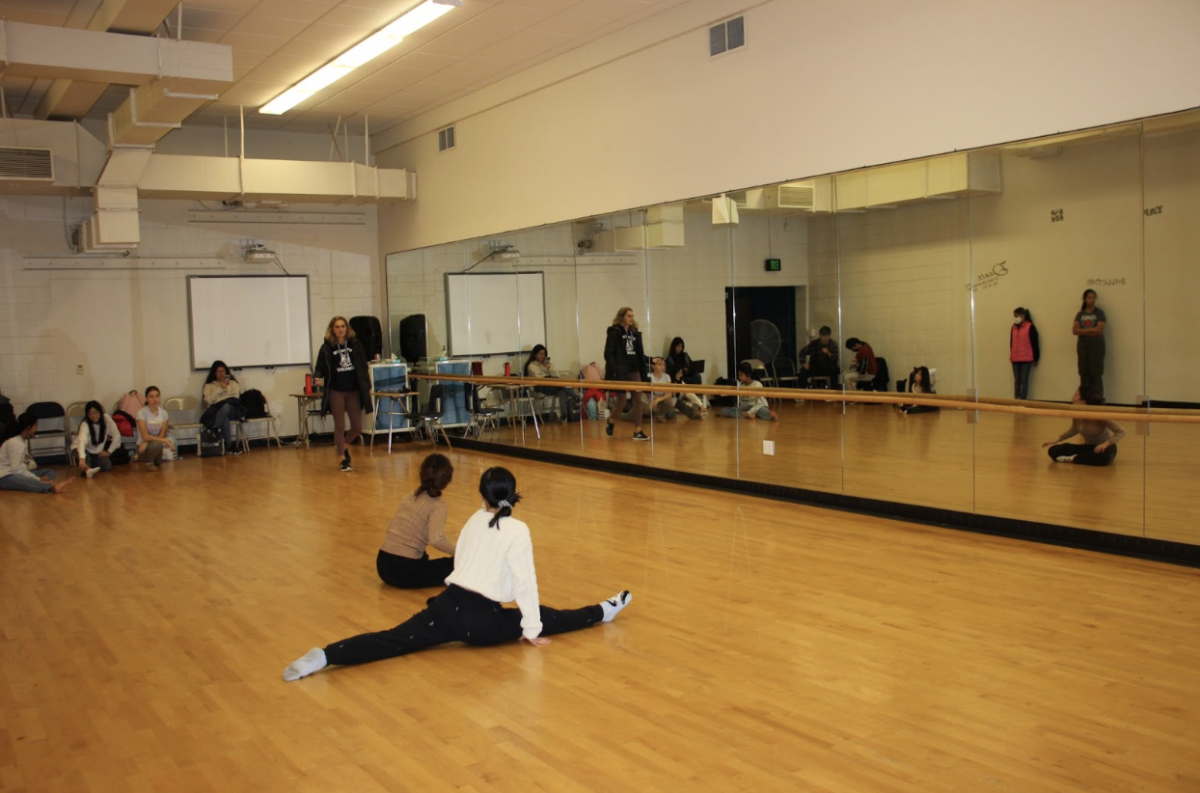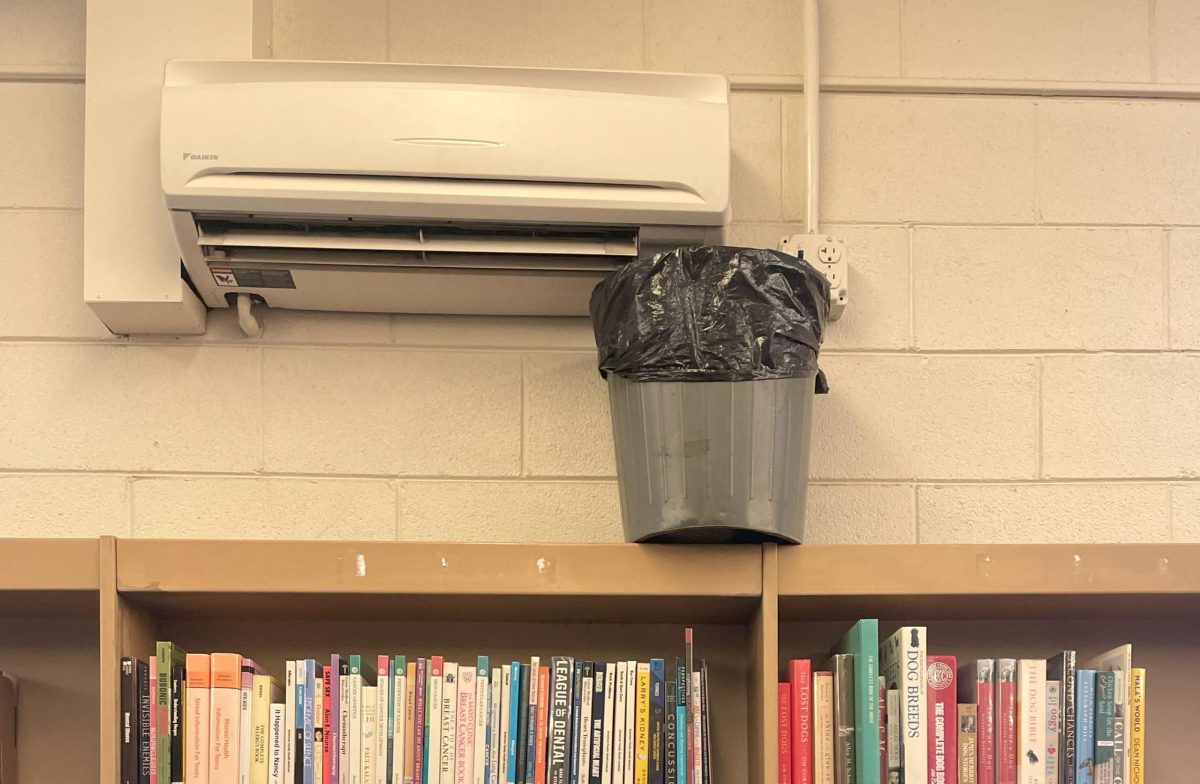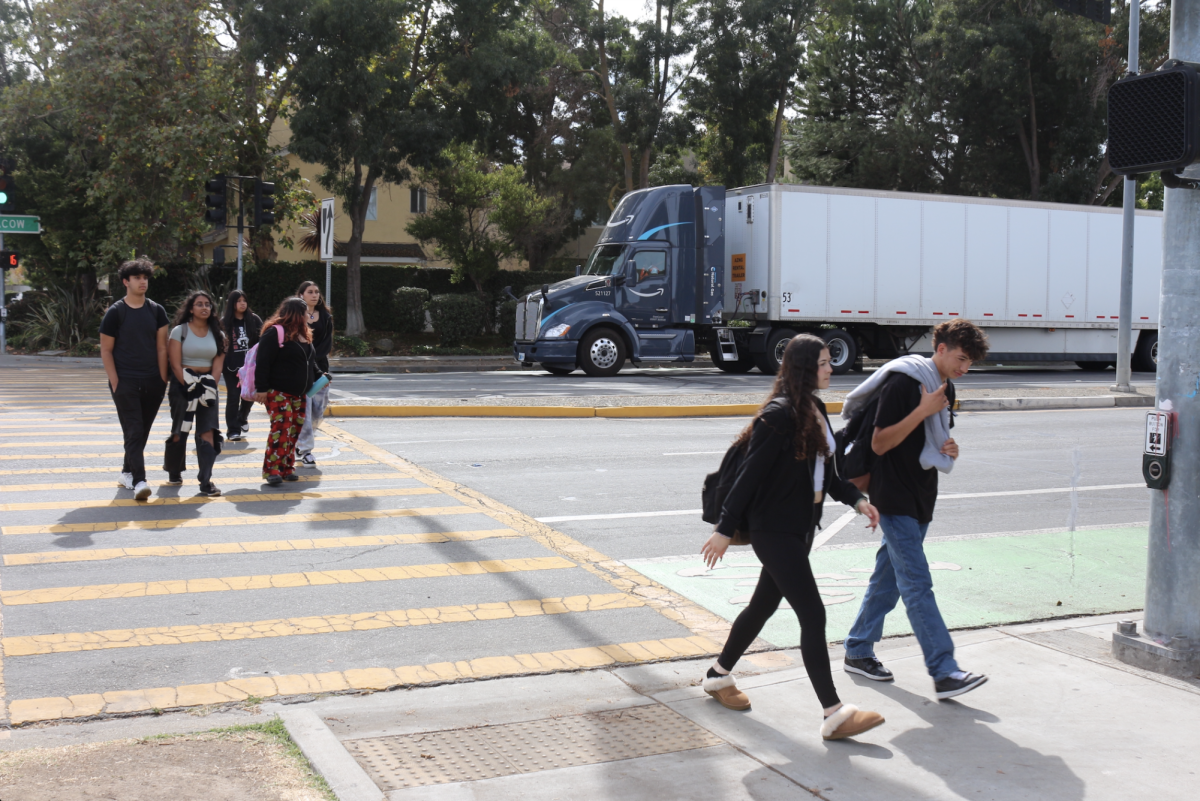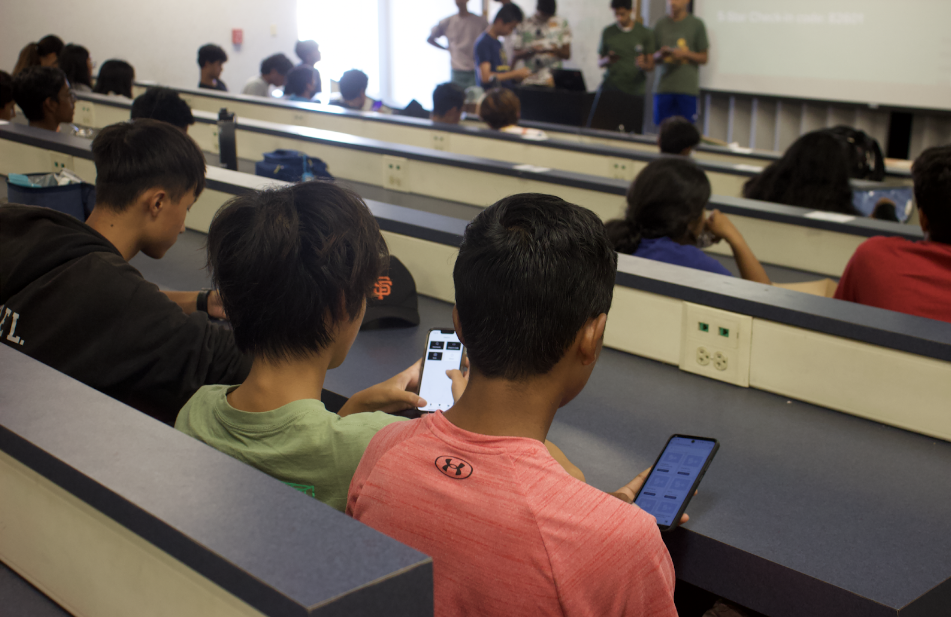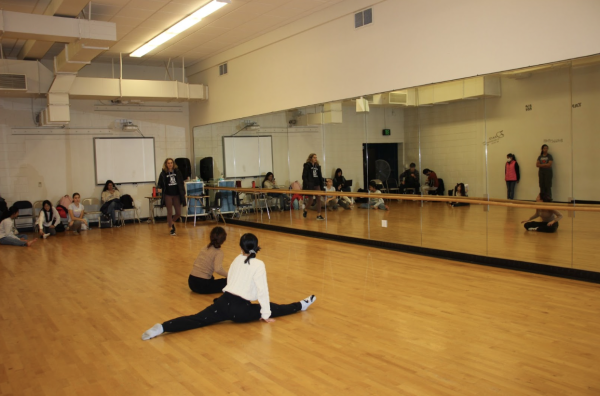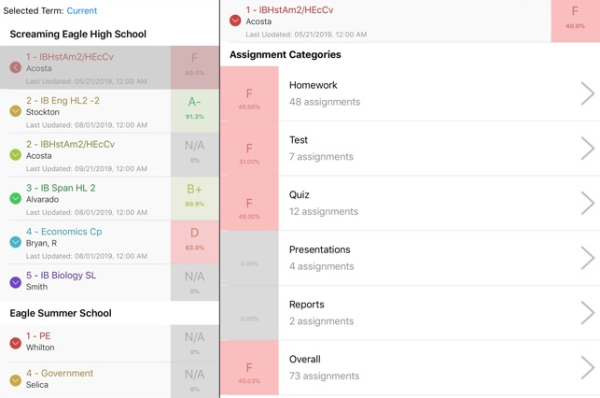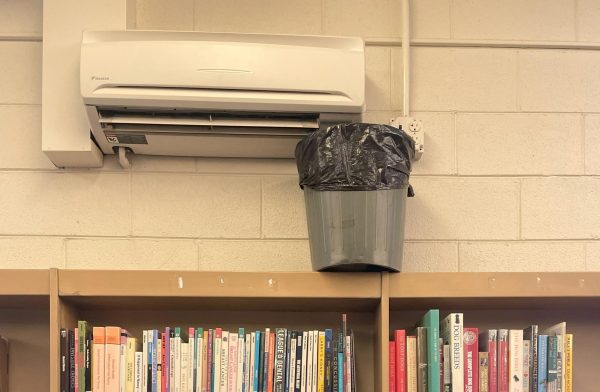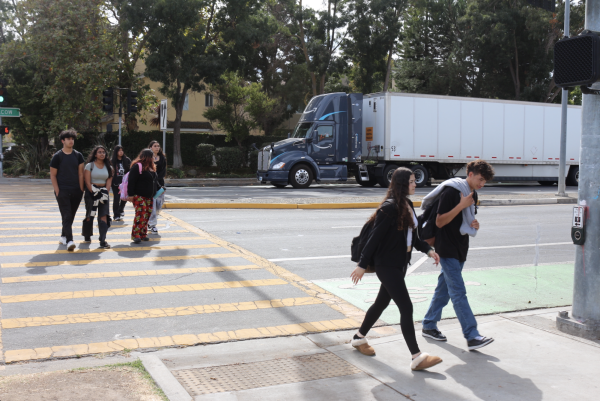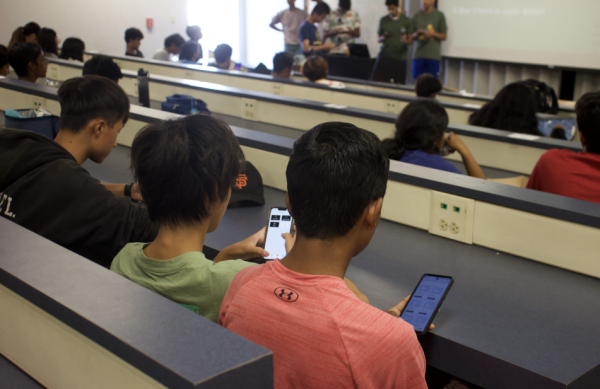A Look Into Irvington’s Fire Protocol
Smoke from fires up north blanketed Fremont.
December 17, 2018
In light of the recent devastating fires in northern California, Irvington administration has taken steps to ensure the safety and well-being of students in case of a fire in the vicinity or on campus.
During the week of Nov. 12, air quality levels in Fremont consistently reached the ‘unhealthy’ range of over 150 on the air quality index (aqi). While the brief respite from the BUUM might have excited students, aqi levels that week reached a peak of 183 on Friday, Nov. 16, forcing FUSD to cancel school that day after all other district superintendents in the Alameda County agreed on the matter. Throughout that week, Irvington administration received air quality updates from the district through their radio emergency channel.
“In terms of canceling practices and outdoor activities, we go based on the air quality index, and once it hits 150, it’s in the unhealthy range,” said Principal Melsby. “That’s at least the Fremont threshold for canceling outdoor activities. Elementary school sites would have to go on rainy day recess procedures, but outdoor activities had to simply be canceled at secondary sites.”
Irvington is sufficiently prepared with three stages of evacuation in the event of a fire on campus.
“We have the normal fire spots, and then we have the extended evacuation, where everybody goes to the football field and the outer fields,” explained Principal Melsby. “Those are the two steps.”
When the fire alarm goes off, students are ushered out of the building to the designated evacuation spot for their class, located in the fields behind school and horseshoe parking lot. The second step is extended evacuation: all staff and students go to the football and outer fields, where safety sheds containing water and other emergency supplies are. If it becomes necessary to leave the school, the third step is moving to an off-campus location, usually determined at the time of the emergency. Instructions regarding this unlikely situation would come from the district, who could also provide transportation to the district office, from which students would get picked up by their parents. The third step would be evacuation off campus, if necessary.
Irvington has taken precautionary measures to prevent fires from occurring at school. Fire inspectors come annually and go through every classroom and facility to make sure everything is up to code. They provide the administration with a list of things that need to be fixed, and follow up afterward.
“For example, in the career center, we had to spray Ms. Abogado’s pennants so they are not a fire hazard,” said Principal Melsby. Additionally, couches were removed from some classrooms, including the choir room..
Over the summer, the maintenance crew cleaned all of the smoke sensors to remove any dust. As a result, the administration is not anticipating false alarms this year, when compared to the numerous last year.
In addition to having a three-step evacuation plan depending on the severity of the situation, Irvington has been taking precautions to minimize the likelihood of fires occurring on campus. In such an event, however, Campus Supervisor Michele Hartmangruber tells students the priority should be your safety.
“Leave your stuff in the room, just get out safely, and exit the building as quickly as possible.”





